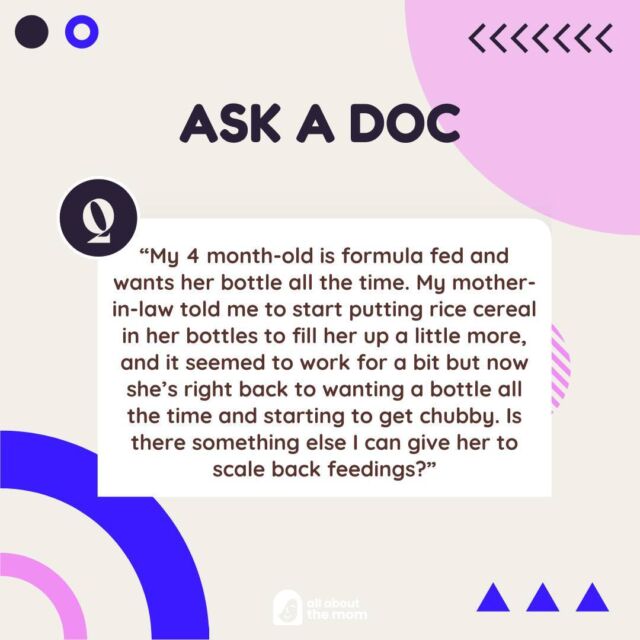Is my baby crying too much? I have a 2-month-old who just never seems to stop crying.
The definition of colic is when an otherwise healthy baby, who has been growing and developing normally, cries inexplicably for at least three hours a day, three days a week. It can be quite overwhelming to cope with, but I always like to remind parents that most babies outgrow this fussy phase by three months of life.
Infantile colic is a common phenomenon, affecting up to 30% of babies. Infants usually emerge from what we pediatricians term the “honeymoon phase” by about two to three weeks of life. At this time, they become more alert and are more likely to become fussy as their bodies mature and develop. Trapped gas, physiological reflux, an immature gut, and an inability to coordinate abdominal muscles with sphincters may be reasons why this mysterious period occurs.
Emulating the conditions of the womb will help calm and comfort your baby while so much physiological growth and change occurs.
The venerable Dr. Harvey Karp coined “the 5 ‘S’s” for calming a baby.
Swaddling is an effective way to make your child feel secure. Side or stomach positioning is another useful technique. I prefer this position to be done by placing the baby’s belly atop a caregiver’s forearm while her head and neck are properly supported. Reminder: babies should NEVER be put down to sleep on their bellies as this position increases the risk of Sudden Infant Death Syndrome (SIDS). Always put your baby to sleep on his or her back. Swinging or swaying in gentle, smooth motions while supporting the baby’s head and neck is another effective tactic. Shushing emulates the white noise of the womb and instantly leads to a lower level of stress for the baby. Sucking with a pacifier will also calm your baby’s heart rate, reduce blood pressure, increase oxygenation, and reduce the risk of SIDS. I recommend the introduction of a pacifier after breastfeeding has been established. I like to add on another “S” for Simethicone, FDA-approved gas drops for babies. Simethicone helps to pop gas bubbles and expel them from above and below. It is most useful when offered 20-30 minutes prior to your baby’s typical fussy period. Always follow dosing instructions per packaging. Above all, I love to remind parents that “this too shall pass!”.

















